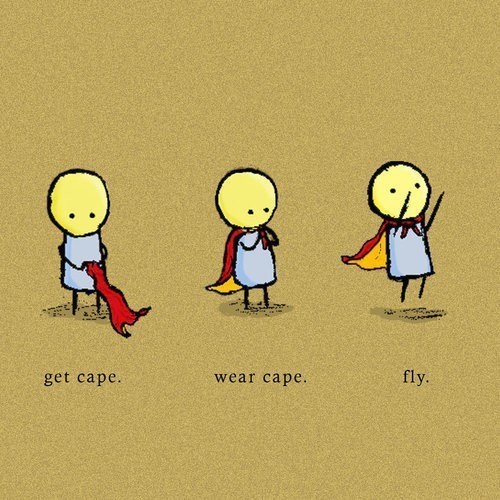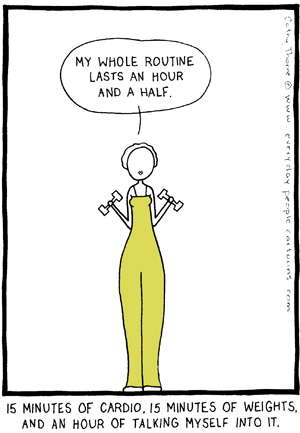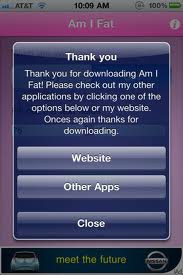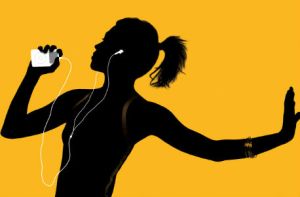
During a 27km, 2 hour 45 minute run today as part of my build up to the Great Barrier Island Marathon on October 13, I had plenty of time to think about the most important things I’ve learned about running during my learning-to-run journey. Here’s a few of my thoughts:
The couch-to-5Km programme works. I hated running as a kid. Never saw the point of it as an adult, until I moved to NZ – where my stunning surroundings invited me to engage with them. When I first started running about 4 years ago, I couldn’t run for more than about 60 seconds without getting pretty out of breath. If I pressed past that to 3 minutes, I would have horrible shin splints the following day. I tackled this by adopting a couch-to-5km run/walk programme, over 8 weeks. This is where you start running for very little time, and walking for a lot of the time, gradually building up the total time, while increasing running time, and reducing the walking time. It works. And quickly enough to see progress. Which brings me to my second point…
Join a running group. Whether that is a formal club, or a group of people who get together at a lunch time at work, getting out there as a group is fun, and can be the motivation you need when you’d struggle to get out there by yourself. I like a combination – social runs, and solo runs – both work for me.
Resist the temptation to overdo it. Once I’d done this for a while, I started to be able to run 5-7km without feeling like I was going to expire. Like many other beginners, my problem was that I ran too much, too frequently. In the end, I hurt my knee. Physiotherapy revealed my weak core strength, and instability in my hips when I ran. Physiotherapy exercises help to solve my issue, and pilates helped to keep the problem at bay. I’ve not had a serious injury since.
Core work, strength and cross training is critical but easy to neglect. As well as core strength work ,your whole kinetic chain needs looking after – from top to toe. Changing your routine to do different activities may also help keep you fresh and interested, as well as strengthening major and stabiliser muscle group.
Get off-road. Speaking of stabiliser muscles, don’t run too many miles on the road. As well as being pretty hard and tough on your legs and feet, it doesn’t give you much of a neuromuscular workout, as it can be a monotonous surface. Running on grass, trail, rocks etc sharpens your senses and works you stabiliser muscles. Don’t expect to go as fast, switch off your iPod, and engage with your surroundings. And hills are good for you too.
Once you get past 40 minutes continuous running, it gets easier. Much easier. For me anyway.
Watch for overtraining and junk miles. I have learned that I can now train for a marathon by running 3 times a week: 1 x interval run, 1 x tempo run, 1 x slow long run. I won’t do the marathon in a particularly quick time, but I’ll enjoy it, and I’ll be able to fit the training into quite a busy life. Running more than this increases my risk of injury. I try to spend any other time I have for exercise doing strength and flexibility routines, and other aerobic / anaerobic threshold training work, like spinning, pilates, stretching, circuits etc. By the way, I found pilates ridiculously difficult to start with, but I had a great instructor and it gets easier. A bit.
A training structure helps. See above. Of course, it’s fun to run for fun. But a focus to your training will help you to produce results much faster, and can also stop you putting yourself at risk of injury or worse.
Run tempo, and run speed. Train for what you want to reproduce. If you want to run fast, you have to run fast in your training.
Every now and again, back your mileage down. You can’t keep running massive mileage, week in, week out, no matter how great it makes you feel. Your body needs recovery time. If you don’t respect that, your body will show you that it needs recovery time, and your enforced injury break will be a lot harder to deal with that voluntarily stepping it down every now and again. Even the pros cycle their training. Take the hint.
Run s-l-o-w when training for longer events. Far slower than you think you need to. The long run is the cornerstone of any marathon training plan and is run slowly to ensure that you are developing the fat-burning metabolic pathway, and to minimise the effect of fatigue and risk of injury. The biggest mistake I made in my early long runs was running too fast – way too fast. You need to run about 1 minute per mile pace slower than your tempo run, if not slower. Another way to gauge it is at about 20% slower than the pace you want to do your marathon in, or about 25% slower than your last half-marathon. Otherwise try around 70-85% of your maximal heart rate.
Get your running gait looked at and work on it if you need to. I had my whole kinetic chain looked at as I was heel-striking too much. We can fall into the trap that we should just know how to run. That might be true when we are kids, but we spend our lives neglecting our muscular development and confining ourselves tyo desk jobs and sedentary lifestyles. Don’t assume that your running style will help rather than hinder you. Through learning to engage my glutes more, I have a far more efficient running style, and my shoes now show no wear at the heels, and some nice wearing down in the midfoot landing area. This helps with fatigue and injury risk,and is one of the best things I have done in my running adjustments.
Be careful if you decide to go barefoot running. It’s fun, but watch out if you go straight into long distance. I use this for drills and focusing on form., over shorter distances – 2-3km. You might choose to try this differently – there is plenty of guidance out there on the web, and I might write about it another time.
There’s more, and a lot about nutrition, but I’ll save that for another time. Any questions, leave a comment or fire me a message.
What have you learned in your running adventures?





